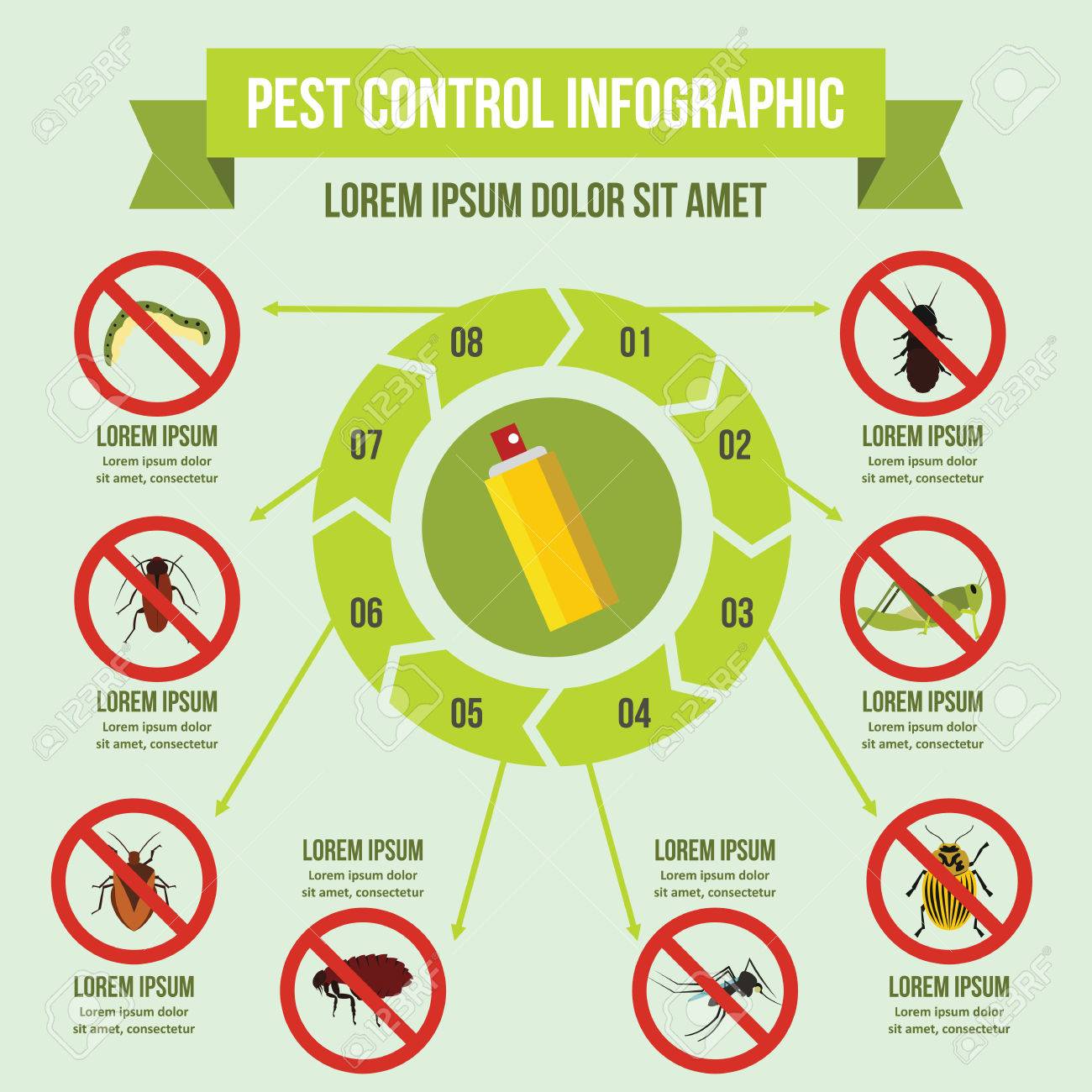Rodent-Proofing Your Attic: Important Tips For Homeowners
Rodent-Proofing Your Attic: Important Tips For Homeowners
Blog Article
Content Writer-Austin Cheek
Envision your attic as a relaxing Airbnb for rodents, with insulation as fluffy as hotel pillows and electrical wiring much more attracting than space solution. Now, rene pest control tossing a wild party in your home while you're away. As a homeowner, ensuring your attic is rodent-proof is not nearly comfort; it's about securing your building and liked ones. So, what simple actions can you require to protect your refuge from these furry burglars?
Examine for Entry Information
To begin rodent-proofing your attic, check for entry points. Begin by thoroughly analyzing the exterior of your home, trying to find any kind of openings that rodents might make use of to access to your attic room. Check for gaps around utility lines, vents, and pipes, as well as any type of splits or openings in the structure or home siding. Make certain to pay close attention to areas where different building materials meet, as these prevail entrance points for rats.
Furthermore, evaluate the roofing for any type of harmed or missing out on tiles, as well as any kind of spaces around the sides where rats can squeeze through. Inside the attic room, seek indicators of existing rodent activity such as droppings, chewed cables, or nesting products. Use pest control oregon law to extensively inspect dark edges and concealed spaces.
Seal Cracks and Gaps
Examine your attic completely for any kind of splits and spaces that require to be secured to avoid rats from going into. Rats can press with also the smallest openings, so it's important to seal any potential entry points. Inspect around pipelines, vents, cable televisions, and where the walls satisfy the roofing system. Use a combination of steel woollen and caulking to seal these openings successfully. Steel woollen is an outstanding deterrent as rats can not eat through it. Guarantee that all gaps are snugly secured to deny access to undesirable pests.
Do not ignore the value of securing voids around windows and doors as well. Use climate stripping or door moves to secure these locations efficiently. Check the areas where utility lines go into the attic and secure them off utilizing an ideal sealer. By making the effort to secure all cracks and voids in your attic, you produce a barrier that rats will certainly find hard to breach. Prevention is type in rodent-proofing your attic, so be complete in your initiatives to seal off any prospective entry points.
Eliminate Food Sources
Take aggressive measures to eliminate or keep all prospective food resources in your attic room to discourage rodents from infesting the area. Rats are attracted to food, so removing their food resources is essential in maintaining them out of your attic room.
Below's what you can do:
1. ** Store food safely **: Stay clear of leaving any type of food things in the attic room. Store all food in airtight containers made from metal or durable plastic to avoid rodents from accessing them.
2. ** Clean up particles **: Eliminate any piles of debris, such as old papers, cardboard boxes, or timber scraps, that rats might make use of as nesting product or food resources. Keep the attic clutter-free to make it much less attractive to rats.
3. ** Dispose of trash properly **: If you utilize your attic for storage space and have garbage or waste up there, ensure to throw away it regularly and properly. Rotting garbage can attract rodents, so keep the attic clean and free of any natural waste.
Final thought
In conclusion, keep in mind that an ounce of prevention is worth an extra pound of cure when it comes to rodent-proofing your attic.
By taking the time to inspect for entrance points, seal splits and gaps, and eliminate food sources, you can keep undesirable parasites away.
Bear in mind, 'An ounce of prevention is worth a pound of cure' - Benjamin Franklin.
Keep positive and secure your home from rodent problems.
